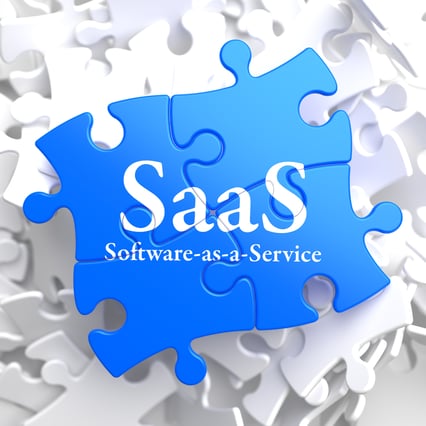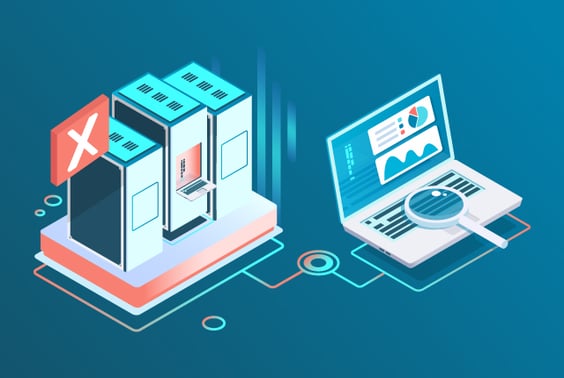
Anyone who wants to develop a web application requires the physical hardware necessary to operate a server, which is a time-consuming and costly endeavor. This is where serverless computing comes into play.
According to a report by the Enterprise Storage Forum, the serverless computing market will be worth $36.84 billion by 2028. Therefore, software development companies must adopt this technology into their business models in order to stay relevant to future market trends. Let us now discuss in detail the serverless computing process.
What Is Serverless Computing?
Serverless computing is indeed a cloud computing implementation approach that allows software developers to construct and operate apps and servers without needing to supply or maintain the back-end architecture. The user does not need to worry about the back-end infrastructure. Instead, the user can easily write and deploy the application without worrying about the underlying infrastructure. Serverless does not mean the complete absence of physical servers. Servers are still used behind the scenes, however, users are not aware of them.
Applications built with a serverless infrastructure will scale automatically as the user base grows or the usage increases. It means a serverless application will be able to handle an unusually high number of requests the same way it processes a single request from a single user. However, traditionally developed applications with a fixed amount of server space can be overwhelmed by a sudden increase in usage. Serverless providers charge for the time the code is running, it may cost more to run an application with long-running processes in a serverless infrastructure compared to traditional application execution.
It is very important to note that servers are still running the code. The term ‘serverless’ comes from the fact that the tasks associated with infrastructure provisioning and management are invisible to the developer. This approach enables developers to increase their focus on the business logic and deliver more value to the business. Serverless computing helps all teams to increase their productivity and bring products to market faster, and it allows organizations to better optimize resources and stay focused on productivity.
Earlier, if anyone wanted to build and deploy the application, they had to own the physical hardware and manage/maintain resources on their own, which is obviously tedious.
Market Trends
Let us understand the marketing trends regarding serverless computing with the help of the below graph:
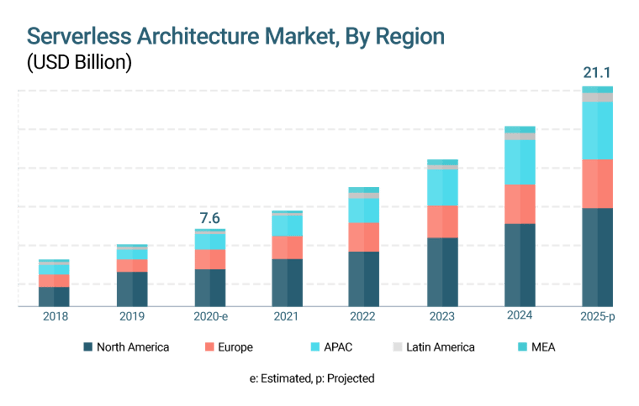
The global serverless architecture market size is projected to grow from USD 7.6 billion in 2020 to USD 21.1 billion by 2025, at a Compound Annual Growth Rate (CAGR) of 22.7% during the forecast period.
How does Serverless Computing Work?
AWS Lambda is a serverless, incident computing solution that allows you to run code for almost all applications or backend services without the requirement for server setup or management. You may call Lambda from more than 200 AWS services including software as a service (SaaS) apps, and only spend for what you actually use.
We will take this as an example of how a serverless framework works.
- The developers write a function in a supported runtime by Lambda and then upload the function to the Cloud (within Lambda)
- Now, every time the trigger executes, the corresponding function will run on the available backend resource, about which the developer is not concerned.
Another example (AWS) can be understood from the below diagram:
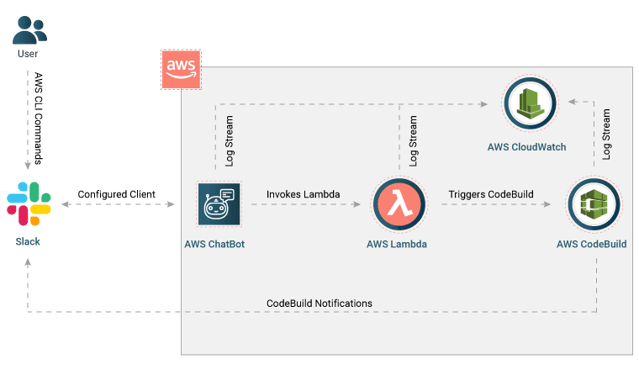
In this example, the user can focus on writing the Lambda function and build specifications for the Code Build job. The entire backend infrastructure/computer resources required by the Code Build job will be managed by the Cloud provider i.e. AWS.
Serverless computing generally falls into two types, Backend-as-a-Service (BaaS) and Function-as-a-Service (FaaS). The BaaS gives the developers access to a variety of third-party services and applications, like authentication services and encryption. With BaaS, the Serverless functions are generally invoked via the application programming interfaces (APIs).
The developers can write custom server-side logic, but these will be run in containers fully managed by the cloud services provider. For example, the major cloud provider’s offerings are Function as a Service (FaaS), Amazon Web Services(AWS) with AWS Lambda, Microsoft Azure with Azure Functions, Google Cloud(GCP) with multiple offerings, and IBM Cloud with IBM Cloud Functions, etc.
FaaS, on the other hand, is a way to implement serverless computing where developers write business logic that is then executed in Linux containers fully managed by a platform. FaaS gives developers an abstraction for running web applications in response to events without managing servers. For example, uploading a file could trigger custom code that transcodes the file into a variety of formats. FaaS infrastructure is usually metered on-demand by the service provider, primarily through an event-driven execution model, so it’s there when you need it, but it doesn’t require any server processes to be running constantly in the background, as any typical platform-as-a-service (PaaS) would.
Serverless Architecture
Serverless architecture is ideal for asynchronous, stateless applications that can be started instantaneously. Likewise, serverless is a good fit for use cases that see infrequent, unpredictable surges in demand. Serverless applications are also a good fit for use cases that involve incoming data streams, chatbots, and scheduled tasks.
Benefits of Serverless Computing
Let us now have a look at some of the advantages of utilizing serverless computing services:
- Reduced Costs: Serverless computing is cost-effective, as it follows the “pay-as-you-go” model. Code only runs when backend functions are needed by the serverless application and the code automatically scales up as needed. Provisioning is dynamic, precise, and done in real-time. In the traditional approach, the developers have to figure out in advance what server configuration they will require and they purchase more capacity, which might or might not get used.
- Automatically Scale Up and Down as Needed: Scaling is the best part of serverless architecture, as it will reduce costs for applications that see inconsistent usage. Sometimes, they have a load of users and other times only a few users or none at all. Therefore, if we have purchased servers that are constantly running and readily available, then it's a waste of resources. However, a serverless setup will respond instantly when needed and will not incur costs when at rest.
- No Need to Worry About the Back-end Services: With serverless computing, you have no need to own physical hardware and no need to worry about the back-end services (Infrastructure/Compute resources). A serverless approach offers teams and organizations a level of abstraction that enables them to minimize the time and resources invested in infrastructure management. Every layer of an application benefits from this approach like computing, database engine, messaging, and analytics.
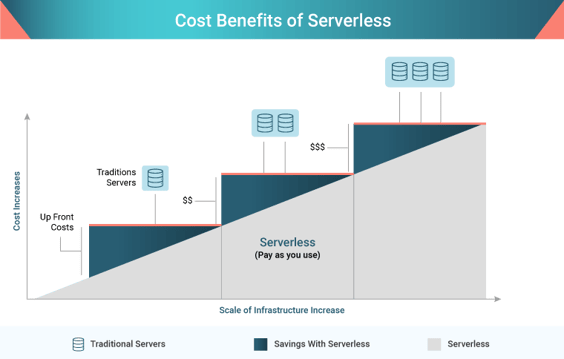
How QASource Can Help You with Serverless Computing?
QASource is a professional software testing service provider that helps you to implement high-quality serverless computing services for your software business. Our team of testing experts will help you to understand the application architecture, and whether computing is required for the application or not. Our testers will help to identify the best approach and implement it for maximum ROI. Our DevOps team will guide you regarding the cost reduction of operations, scale on-demand as per application traffic needs and eliminate the server maintenance overhead by using serverless computing. We will help you to implement the best practices of serverless computing to increase productivity by reducing the time spent managing the infrastructure and spending more time on development. Visit QASource now to learn more about the testing services offered.

